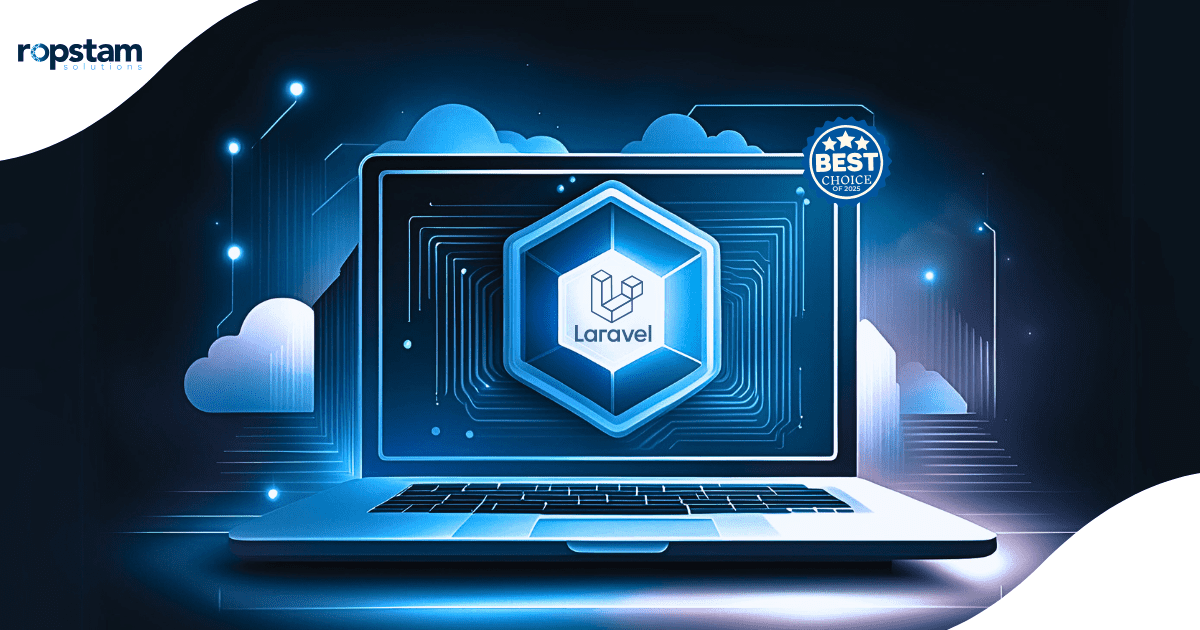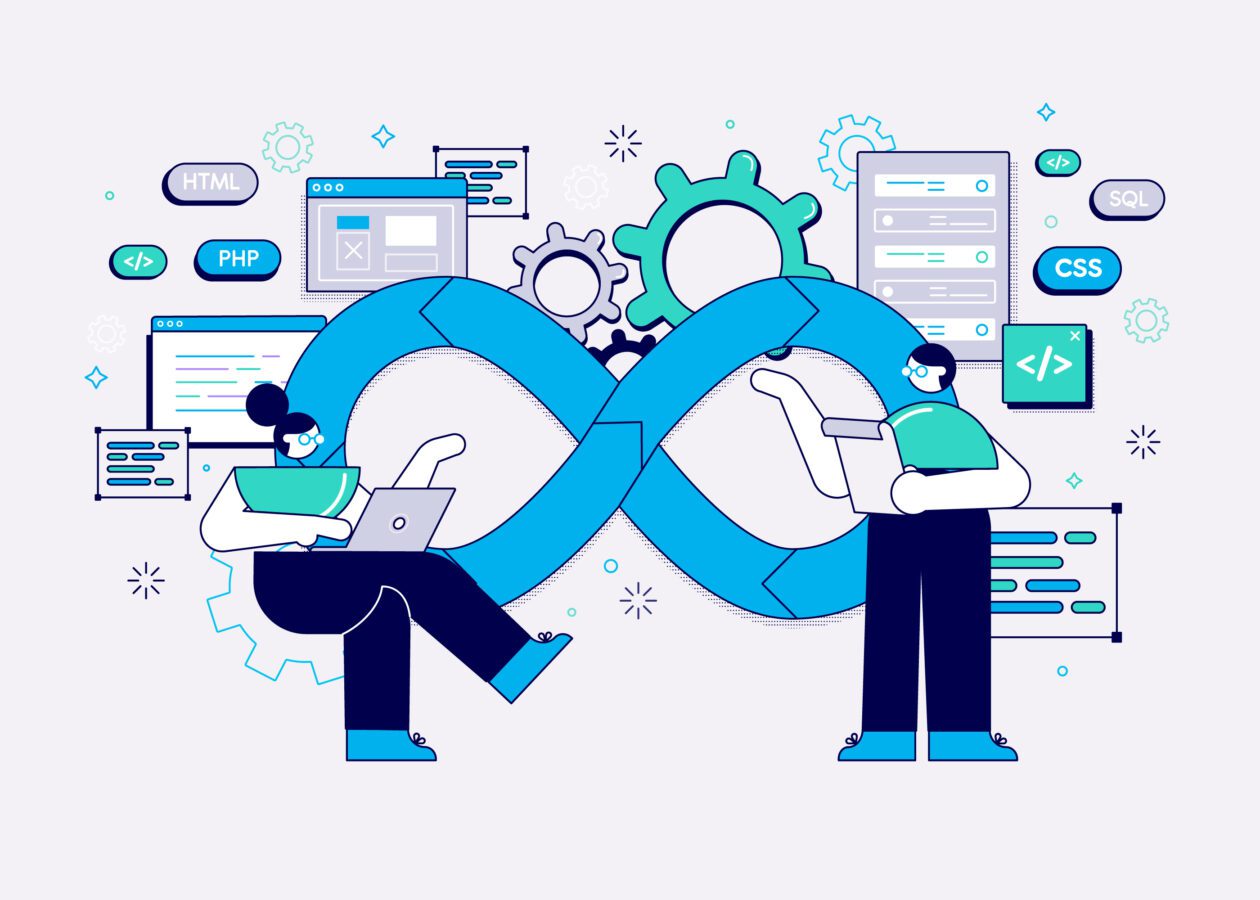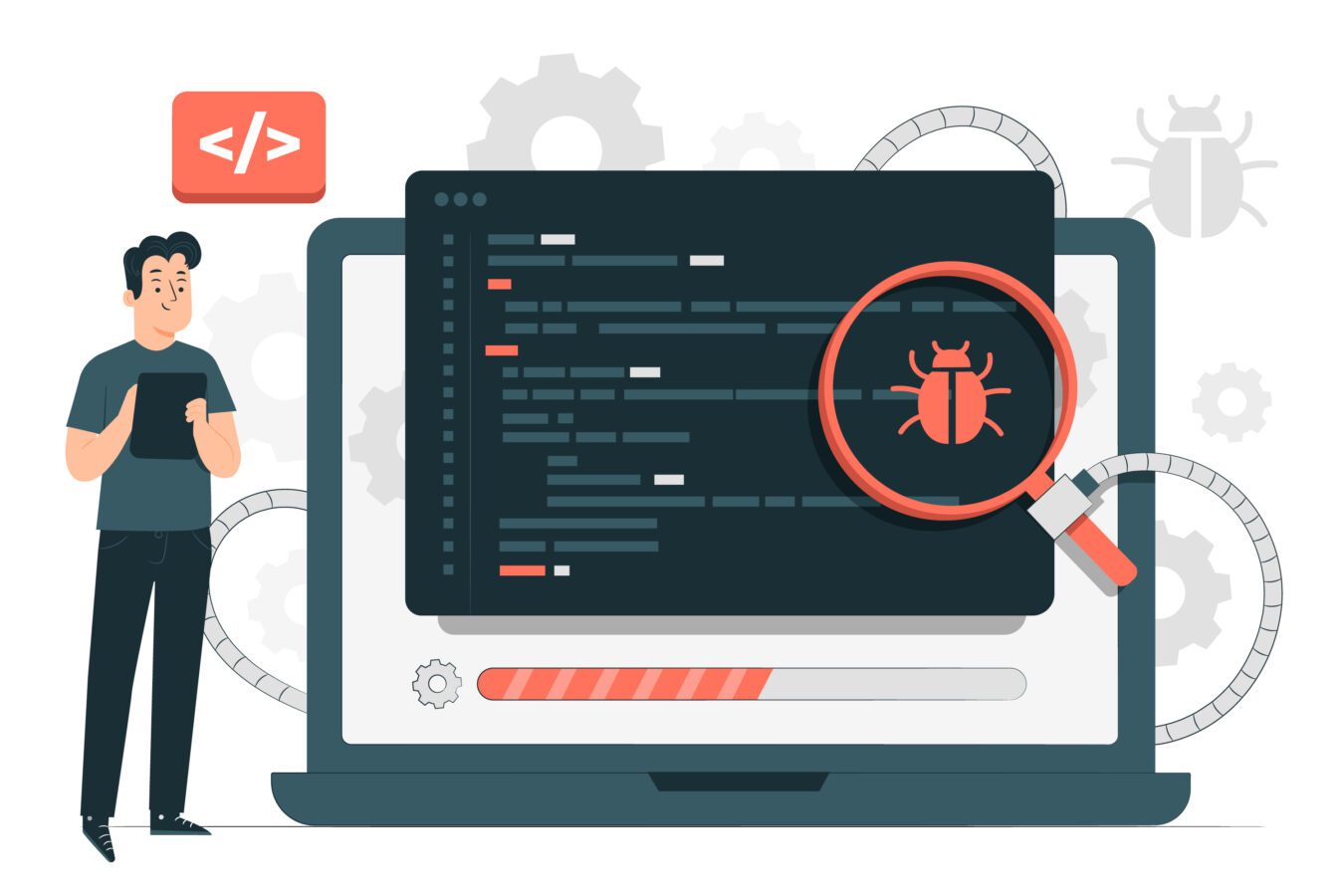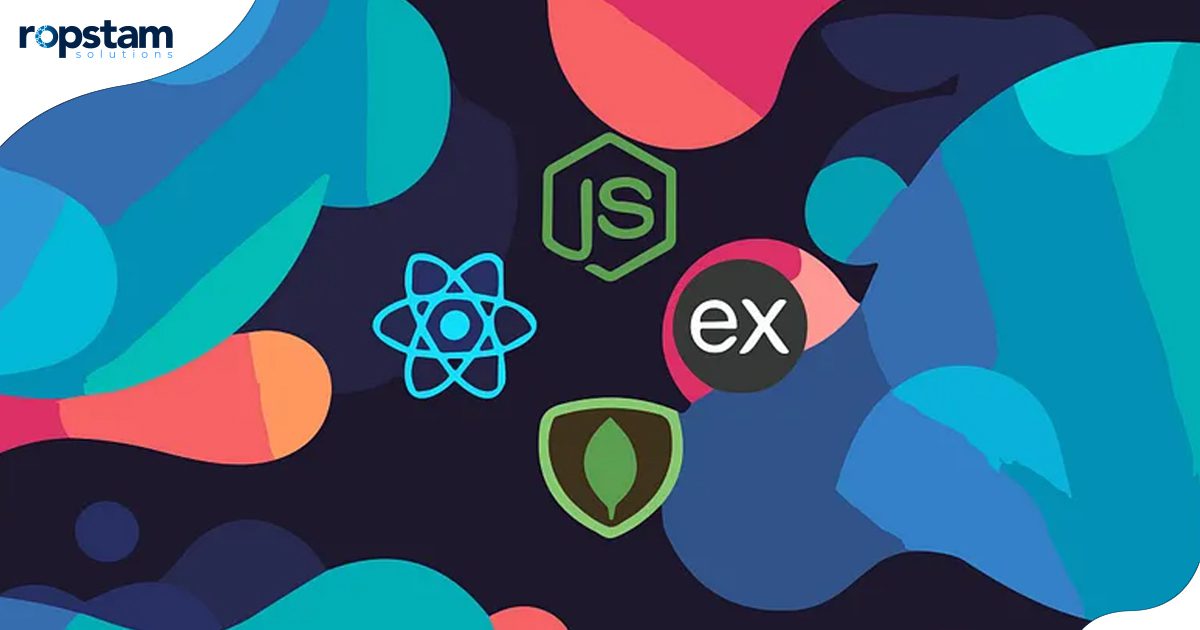As a powerful and versatile PHP framework, Laravel is the preferred choice of countless web app developers. Owing to its elegant syntax, nifty features, ease of use, and a host of advantages, Laravel has gained unprecedented popularity in the last few years.
If you are looking to amplify your brand and take customer experience to the next level, selecting the ideal web app development framework makes a world of difference. But the question is why should you choose Laravel to ensure your web application stands out from the competitors?
This blog will delineate the pros, cons, and significance of this popular framework named Laravel so that you can understand its effectiveness and applications in real life. If you are still confused about choosing an ideal web application framework to lift your online business to new heights, you have come to the right place!
What is Laravel?
Laravel is a free, open-source PHP framework that has been transforming the web development field since its inception in 2011. Built on the robust MVC (Model-View-Controller) architectural pattern and distributed under the permissive MIT license, Laravel has garnered a massive following among developers worldwide.
At its core, Laravel is designed to simplify the backend development process, allowing developers to focus on the creative aspects of their projects. The framework’s arsenal of ready-made components is a game-changer, significantly reducing development time and the likelihood of human error. But what specifically draws developers to this powerhouse?
- Convenient Routing: Effortlessly manage complex application routes with Laravel’s intuitive routing system.
- Authentication & Authorization: Implement robust security measures with Laravel’s built-in support for user authentication and authorization.
- Eloquent ORM (Object-Relational Mapping): Interact with your database using Laravel’s elegant and expressive ORM system.
- Extensive Package & Extension Support: Tap into a vast ecosystem of community-driven packages and extensions to supercharge your projects.
Pros of Laravel
- Rapid Development
- Secure by Design
- Expressive Syntax
- Large Community
- Highly Customizable
Cons of Laravel
- Steep Learning Curve for Beginners
- Performance Overhead
- Dependency on Third-Party Packages
- Not Ideal for Very Small Projects
- Continuous Updates
Key Features of Laravel
Leveraging the expertise of our Laravel developers, here we have highlighted the key features of this powerful framework:
1. Modular, MVC Architecture
Laravel’s adoption of the Model-View-Controller (MVC) architectural pattern is a cornerstone of its design. This modular approach ensures a clear separation of concerns, where each component is responsible for a distinct aspect of the application.
The Model represents the data and business logic, the View handles the user interface, and the Controller manages the interaction between the Model and View. This separation enhances code organization, maintainability, and facilitates collaborative development among team members with different expertise.
Benefits for Developers:
- Easier project navigation due to the logical structure.
- Reduced coupling between components, making updates and changes more manageable.
- Enhanced scalability, as new features can be integrated without disrupting the existing architecture.
2. Eloquent ORM (Object-Relational Mapping) System
Eloquent, Laravel’s ORM system, provides a beautiful, simple ActiveRecord implementation for working with your database. Each database table is paired with a corresponding Eloquent model, which allows you to interact with the table using an intuitive, PHP-based interface.
This abstraction layer not only makes database operations more readable and maintainable but also protects against common web vulnerabilities like SQL injection.
3. Blade Templating Engine
The Blade templating engine, provided by Laravel, is a robust, yet lightweight tool for designing dynamic web pages. With its succinct syntax, Blade makes writing templates more expressive and enjoyable, even for developers without prior templating experience. Features like template inheritance and sections enable the creation of reusable templates, streamlining the development process.
4. Robust Routing Mechanism
Laravel’s routing system is highly flexible and expressive, allowing for the definition of most application routes in a single file. This centralized approach to routing makes it easier to understand and modify the application’s URL schema. The framework supports RESTful resource controllers, and route model binding, and even allows for the creation of custom route filters for added security and functionality.
Routing Capabilities:
- Named Routes: Easily generate URLs or redirects for specific routes.
- Route Grouping: Apply middleware or prefixes to groups of routes.
- Subdomain Routing: Handle domain and subdomain routing with ease.
5. Built-in Authentication & Authorization
Laravel provides out-of-the-box support for user authentication and authorization, making it straightforward to manage access control within your application. Features like guards, gates, and policies ensure that implementing secure, role-based access control is both simple and efficient. This robust security foundation protects your application from unauthorized access.
6. Extensive Libraries and Helpers
Laravel comes bundled with an array of libraries and helpers designed to simplify various development tasks. From utilities for working with arrays and strings, to support for sending emails and notifications, these tools significantly reduce development time.
This means that whether you’re handling complex data operations or integrating with third-party services, Laravel’s libraries have you covered.
Utility Libraries:
- Collection API: Perform advanced operations on arrays with a fluent, expressive interface.
- Mail Service: Send email notifications with ease, using a simple, driver-based system.
- Notification System: Handle notifications via various channels (e.g., email, SMS, Slack).
7. Support for Event Listening and Broadcasting
The framework’s event-handling system allows for the execution of specific actions when certain events occur within the application. Additionally, Laravel’s event broadcasting capabilities enable the real-time update of client-side applications, enhancing the user experience. This feature is particularly handy for live updates, collaborative editing, or notification systems.
8. Integrated Testing Tools
Remember that Laravel is shipped with comprehensive testing tools, including support for unit testing and feature tests. The framework’s testing suite is designed to ensure your application’s reliability and stability, with features like mock objects and HTTP testing. In hindsight, this robust testing environment gives developers the confidence to iterate and refine their applications without fear of introducing bugs.
10. Vibrant Community and Extensive Documentation
Laravel boasts one of the largest and most active communities in the PHP ecosystem, ensuring there are always resources available to help overcome development hurdles. The framework’s documentation is also renowned for its thoroughness and clarity, providing detailed guides and tutorials for developers of all levels.
- Community and Learning Resources:
- Official Documentation: Comprehensive guides for every aspect of Laravel.
- Laravel Community Forum: Engage with the community, ask questions, and share knowledge.
- Laravel News and Podcasts: Stay updated with the latest framework news and insights.
Summary
If you are a business owner looking to enhance brand awareness and increase your site’s conversion rate, choosing the right web app development framework is absolutely pivotal. Thanks to its host of features, Laravel, a powerful PHP framework, could be an excellent choice for any web app developer as we enter the second half of this decade.














